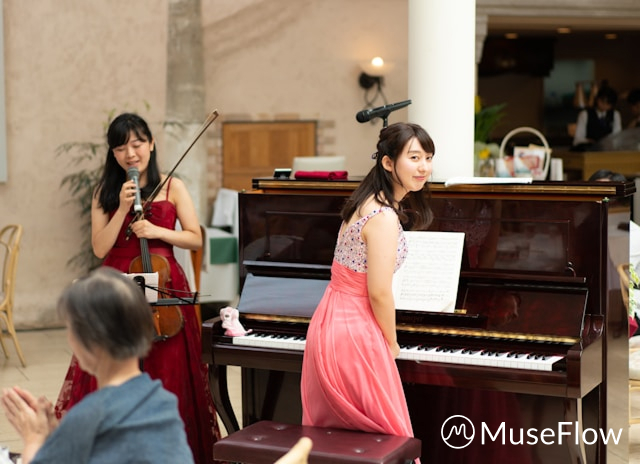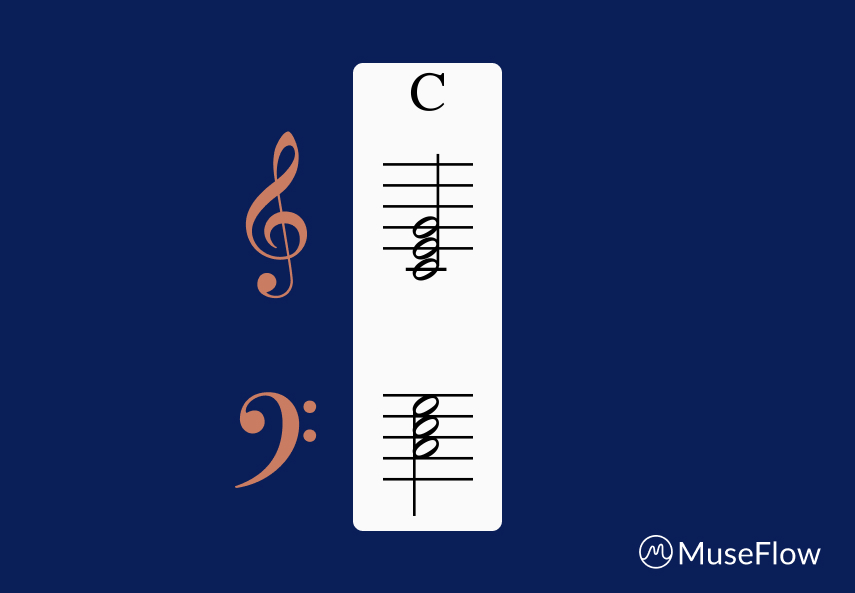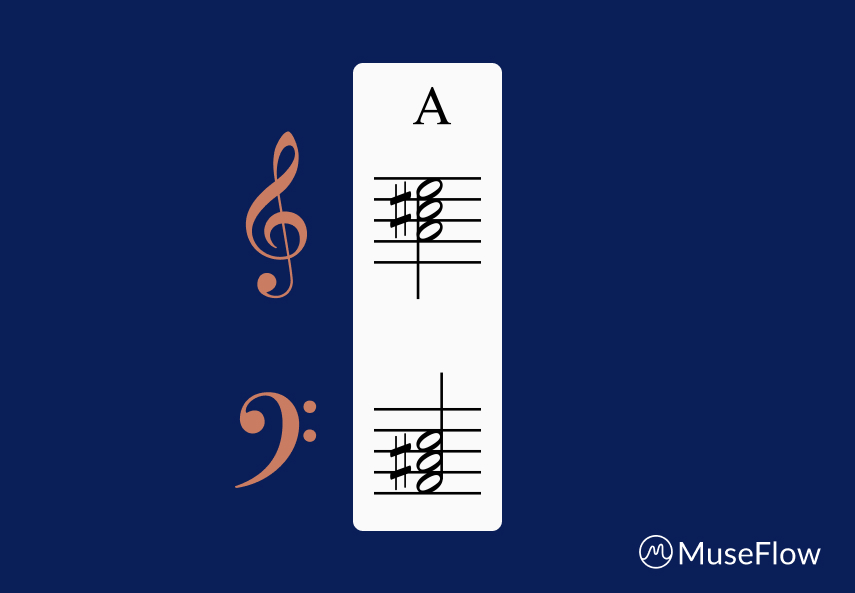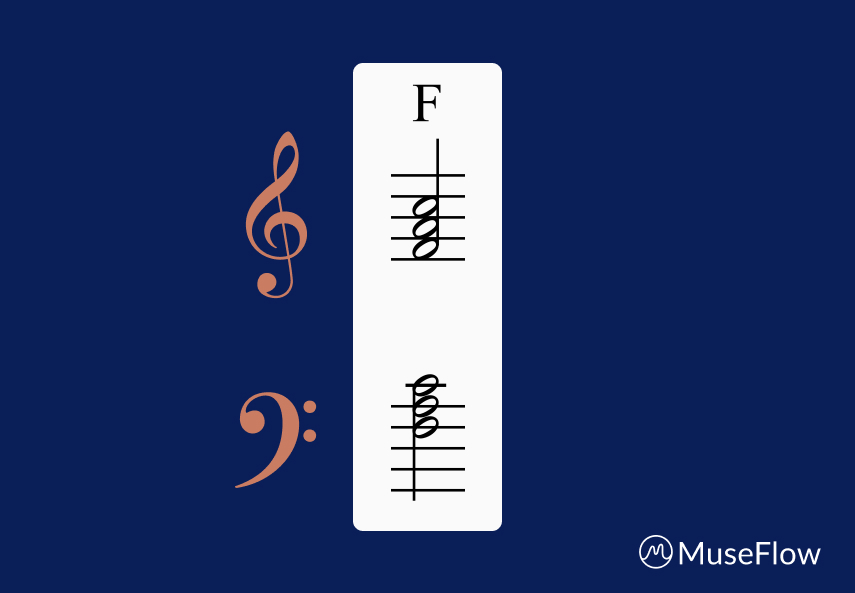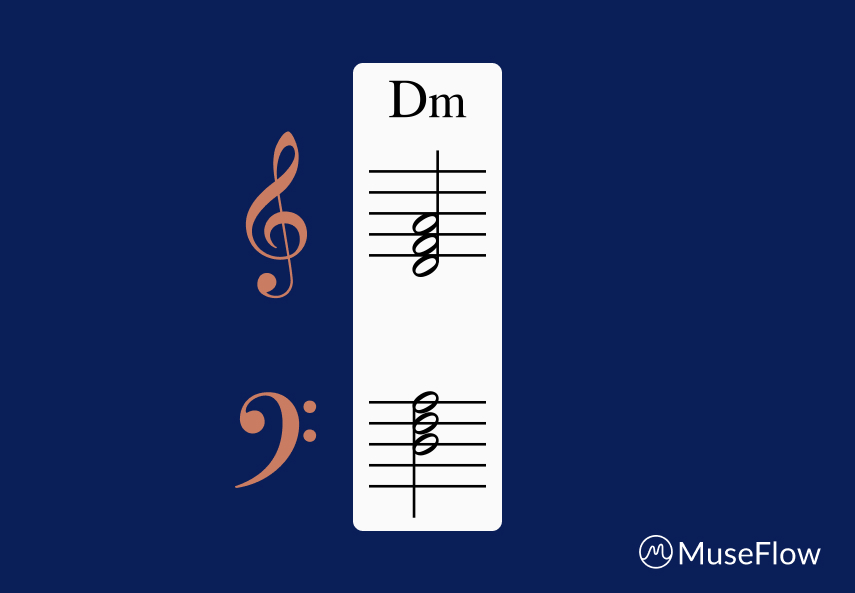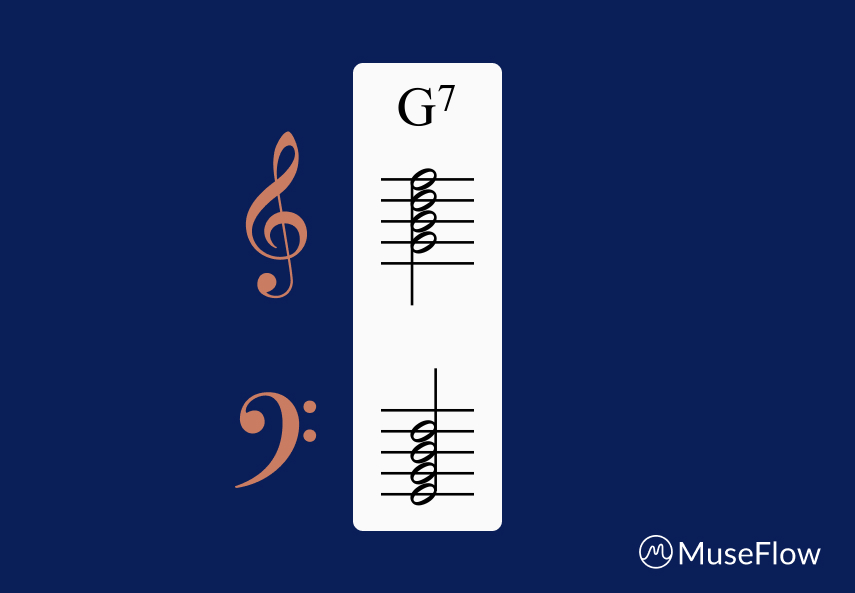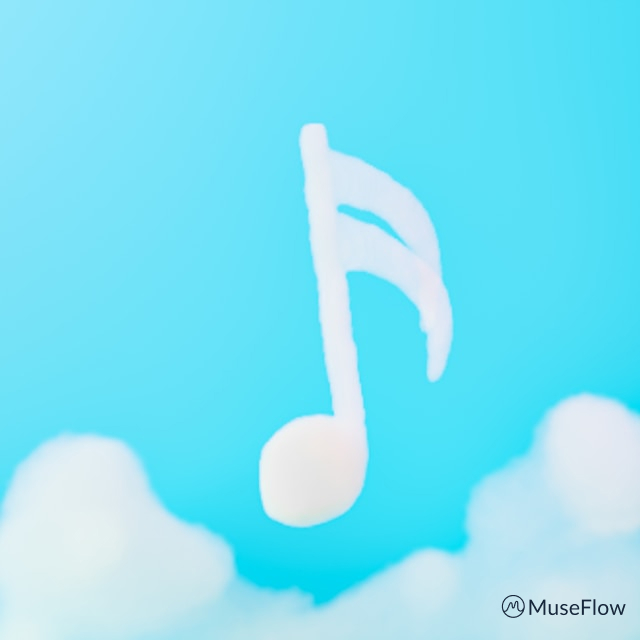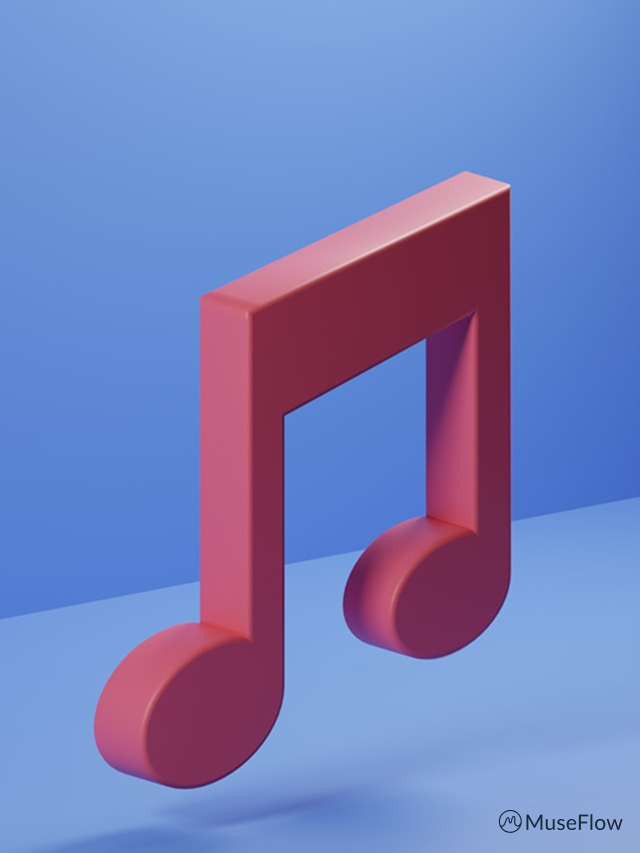Piano Sight Reading for Beginners:Daily Exercises to Read Music Faster
For anyone starting their journey with piano sight reading for beginners, the goal is simple: to look at a piece of sheet music and play it correctly on the first try. It sounds like a superpower, but it's a skill like any other.. one that can be built with consistent, focused practice. With a revolutionary tool like MuseFlow, you can turn this daunting task into an engaging daily habit.
Forget dry, boring drills. This is your action plan for learning to read music faster, using daily exercises that feel more like a game than a chore.
The Foundation: What is Sight Reading, Really?
Before we dive into the exercises, let's clarify what we're aiming for. Sight reading isn't about memorizing songs. It's about understanding the language of music so you can interpret it in real-time. It involves three core skills:
- Note Recognition: Instantly knowing which note is on the staff.
- Rhythm Recognition: Understanding the duration of each note and rest.
- Pattern Recognition: Seeing groups of notes as chords or melodic phrases, not just individual dots.
The key to improving all three is consistent exposure to new material. This is where traditional methods fall short and modern tools excel.

Your Daily Sight Reading Action Plan (15-20 Minutes)
Consistency is more important than duration. A focused 15-minute session every day is far more effective than a two-hour cram session on the weekend. Here's how to structure your daily practice with MuseFlow for maximum results.

Part 1: The Warm-Up (3-5 Minutes)
- Goal: Activate your brain and fingers.
- Action: Open MuseFlow and head to the Sight Reading Trainer. Start with a level that feels easy.. almost too easy. The goal here isn't to struggle, but to build confidence and get into the flow. Focus on accuracy. Don't worry about speed. Play through a few exercises, aiming for 95%+ accuracy. This tells your brain, "Okay, it's time to read music."
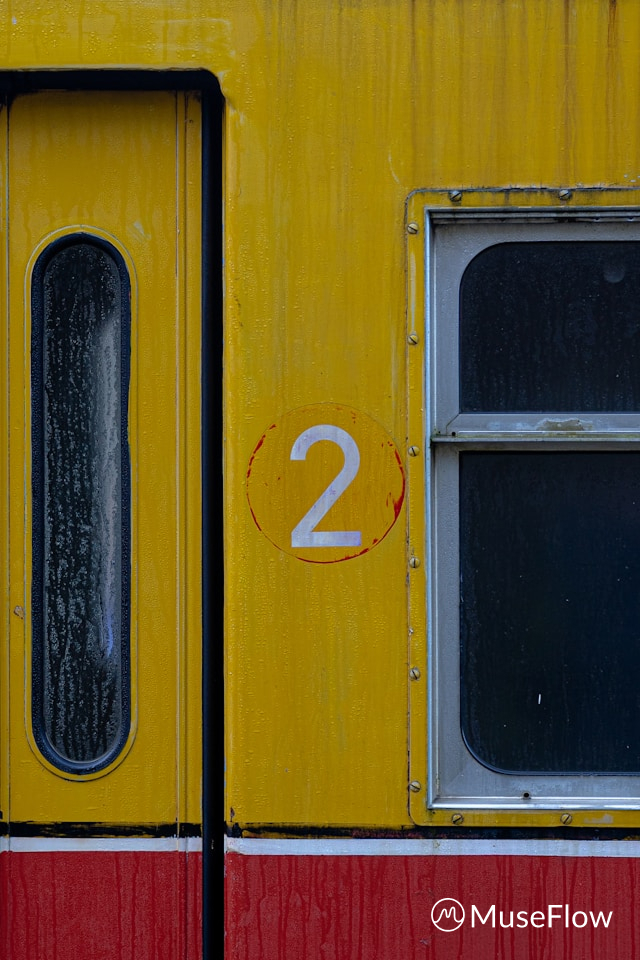
Part 2: The Core Workout (10 Minutes)
- Goal: Push your limits and build new skills.
- Action: Now, move to a level in the Sight Reading Trainer that is challenging but not impossible. This is your "learning zone." You should be making some mistakes, but not so many that you feel discouraged. Here's how to make the most of this time:
- Focus on One Thing at a Time: Don't try to fix everything at once. For the first few minutes, focus only on note accuracy. Ignore rhythm. For the next few minutes, focus only on rhythm. Even if you play a wrong note, play it with the correct timing. This isolates the skills and helps your brain process them more effectively.
- Use the Feedback: MuseFlow's real-time feedback is your secret weapon. A red note means you played the wrong pitch. A yellow note means your timing was off. Pay close attention to these cues. They are your personal teacher, correcting you on every single note.
- Embrace the "Never-Repeating" Engine: This is the most crucial element for piano sight reading for amateurs. Because MuseFlow generates new music every time, you are always sight reading. You can't cheat by memorizing the exercises. This constant novelty is what builds true, transferable skills. Research on sight reading development confirms that exposure to a high volume of novel material is the fastest way to improve.

Part 3: The Cool-Down (2-5 Minutes)
- Goal: End on a high note and consolidate your learning.
- Action: Go back to an easier level or jump into the Repertoire Library and play a song you enjoy. This is your reward. It reinforces the idea that the purpose of all this practice is to make music. Playing something fun after a challenging practice session helps solidify the new neural pathways you've built and makes you eager to come back the next day.
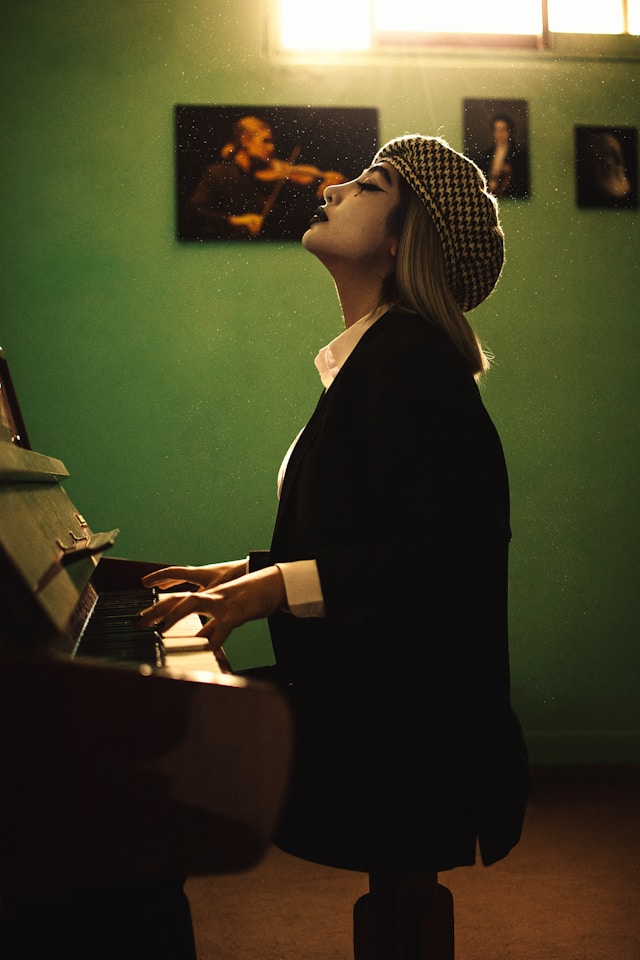
Why This Daily Plan Works
This structure is based on proven principles of skill acquisition:
- Progressive Overload: You start easy, push your limits, and then cool down. This is how you build any skill without burning out.
- Immediate Feedback: Correcting mistakes the moment they happen is exponentially more effective than waiting for a weekly lesson. Studies from USC show that consistent, responsive practice strengthens the neural networks required for musical proficiency.
- Varied Practice: By focusing on notes and rhythm separately, and by using never-repeating exercises, you're keeping your brain engaged and building more robust skills.
- Gamification: The entire MuseFlow experience is designed to be engaging. Accuracy scores, level progression, and achievements tap into your brain's reward system, making you want to practice.

A Note for Ambitious Beginners
For beginners piano sight reading, the temptation is to jump ahead to complex music. Resist this urge. The foundation is everything. Spending a few weeks mastering the basics with this daily plan will make your progress much faster in the long run. The goal isn't to tackle a complex sonata by next month; it's to build a skill that will last a lifetime.
The journey of learning to sight read is one of the most rewarding in music. It unlocks a world of endless possibilities, allowing you to explore any piece of music you desire. With a structured daily plan and a powerful tool like MuseFlow's sight reading trainer, you're not just practicing.. you're building a superpower.
Ready to transform your sight reading skills? Try MuseFlow for free and start your daily action plan today!

.svg)
